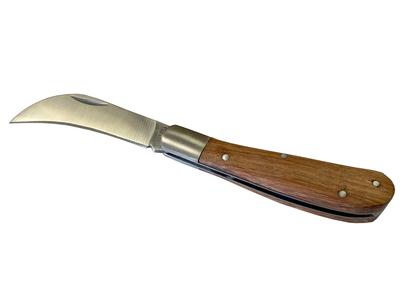
The Garden in March

March really can feel like the beginning of spring: the days are lengthening and some of them see temperatures soar. On the other hand, March can also throw rain and snow at us and we despair winter is having the last laugh.
Vagaries of the weather aside, there are still plenty of undertakings this month.
Plant of the month: Helleborus x hybridus ‘Double Ellen White’
Hellebores can begin their show in February or even January, but they’ll undoubtedly be doing their thing well by March. This variety is a cracker, lighting up the gloom of late winter and early spring with its frilly white blooms. Very welcome at a time of year when not much else is going on!
The flower garden
- Cut back tired deciduous grasses and perennials that you left over winter for extra interest
- Start sowing flower seeds in earnest. Follow packet instructions. Some can be sown in situ outdoors in milder regions, but it’s safest to sow in pots or module trays indoors if you live in cold climes
- We often remember to fill our gardens with spring flowers like daffodils, but why not extend the bulb season? Plant out summer-flowering bulbs like lilies and gladioli now
- If you love dahlias – very in vogue these days – set tubers off growing indoors with heat now. Once shoots reach 7.5-10cm in height, cut them back close to the tuber with a sharp knife and pot on in well-draining compost. Keep these hydrated and warm and you should have new dahlias soon
The edible garden
- Plant out Jerusalem artichoke tubers for a nutty root vegetable at the end of the year
- Plant out your onion, shallot and garlic sets too
- As with your ornamental plants, now is the time to get into seed sowing with enthusiasm. Tender heat-lovers like tomatoes, cucumbers, aubergines and squashes should certainly be sown now inside
- Protect any fruit blossom from frosts with fleece draped carefully over the top
- Get a headstart by warming up your veg beds with layers of fleece or clear polythene secured over them
Project of the month: Prepare a compost bin
As mentioned earlier, you’re probably cutting back lots of tatty perennial growth, trees and shrubs now. Why not put this waste to good use and stick it in your own compost?
There are several ways to do this. Either buy a plastic bin or construct your own from pallets fastened together into square bays. Erected posts surrounded by chicken wire also do the trick.
We’d recommend more than one bin/bay. This way you can move materials from one into the next, incorporating vital air by doing so, and ensuring at least one heap is well on its way to the finished product while more fresh material is being added.
When starting compost creation, bear in mind you need no more than 50% green materials; the rest should be brown, woodier materials. Additionally, you need to cover from heavy rain and protect from temperature extremes.


